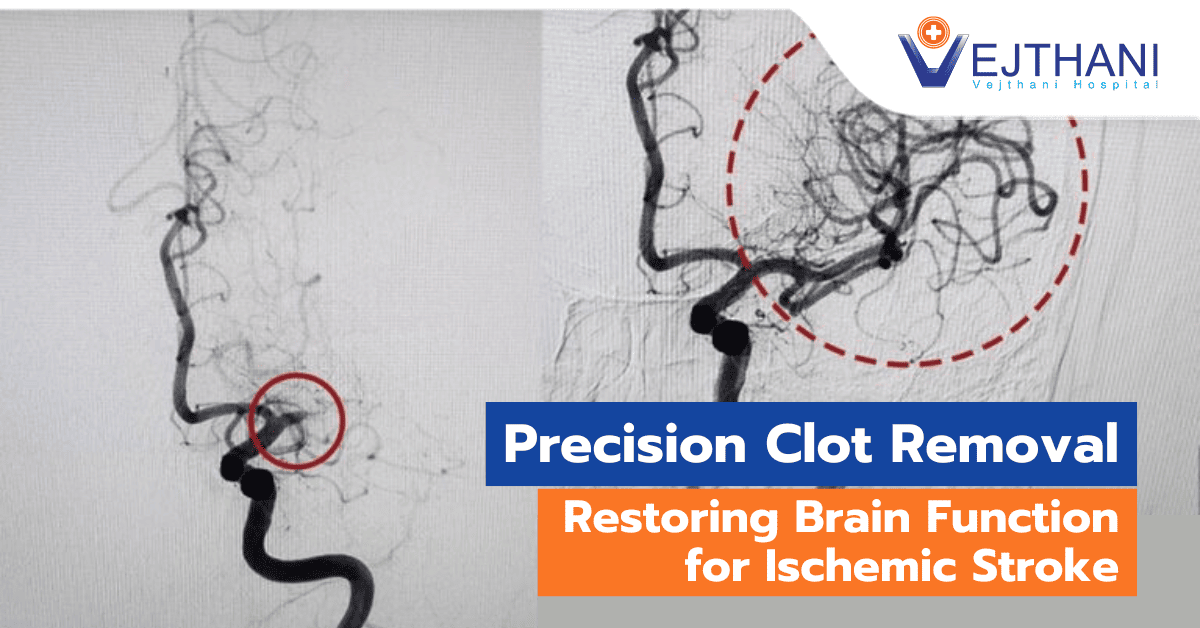
Coma
Diagnosis
Because coma patients are unable to communicate, doctors must rely on physical cues and information from friends and family. Be ready to share details about the impacted individual, such as:
- Notable signs symptoms before to unconsciousness.
- Events such as headaches or vomiting that precede the coma.
- Information about how the individual lost consciousness, such as whether it happened suddenly or gradually.
- Medical history, encompassing past conditions the individual may have experienced. This covers the patient’s history of stroke or ministroke.
- The individual’s drug use, encompassing the use of illegal substances, unapproved medications, and prescription and over-the-counter medications.
- Late modifications to the individual’s behavior or health.
Physical exam
- Examining the individual’s reflexes, motions, reaction to painful stimuli, and pupil size.
- Tracking breathing patterns to help identify the coma’s underlying cause.
- Making loud noises when speaking or applying pressure to the jaw angle or nail bed while keeping an eye out for arousal cues such vocal noises, movement or the opening or closing of the eyes.
- Assessing reflexive eye movements to identify the site of brain injury and the reason behind the coma.
- Examining the skin for evidence of trauma-related bruising.
- Spraying warm or cold water into the ear canals of the afflicted individual and seeing the response in their eyes.
Laboratory tests
Usually, blood samples are obtained to look for:
- Complete blood count.
- Sugar and electrolytes.
- Liver, kidney, and thyroid function.
- Overdosing on drugs or alcohol.
- Poisoning from carbon monoxide.
A lumbar puncture (spinal tap) can be used to look for indications of nervous system infections. A spinal tap involves a doctor inserting a needle into the spinal canal to remove a tiny volume of fluid for examination.
Brain imaging studies
Imaging studies are useful in identifying brain damage sites.
- Computed Tomography (CT) imaging. This test is frequently used to identify the origin of a coma and make a diagnosis. It produces a detailed image of the brain by taking a series of X-rays. Brain hemorrhage, tumors, strokes, and other diseases can all be seen with a CT scan.
- Magnetic Resonance Imaging (MRI). This produces an intricate image of the brain by utilizing strong radio waves and a magnetic field. Brain hemorrhage, brain tissue damaged by an ischemic stroke, and other diseases can all be detected with an MRI scan. Deep brain areas including the brainstem can be examined with MRI scanning.
- EEG, or electroencephalogram. This test can establish whether seizures are the possible cause of a coma. Electrodes, which are tiny metal discs affixed to the scalp, are used to assess the electrical activity within the brain. The electrodes record the electrical impulses from the brain by passing a little electrical current across them.
Treatment
A coma is a medical emergency requiring immediate attention. Doctors prioritize assessing the individual’s airway, aiding in breathing, and maintaining circulation. They may administer breathing assistance, intravenous medications, and other supportive measures.
Treatment varies based on the underlying cause of the coma. Procedures or medications to alleviate brain swelling may be necessary. Emergency responders may administer glucose or antibiotics intravenously, especially in cases of severe hypoglycemia or brain infections, even before test results are available.
For comas resulting from drug overdoses, medications to counteract the effects are typically administered. If seizures are the cause, anticonvulsant medications can help control them. Additional treatments may target underlying conditions like diabetes or liver disease with medications or therapies.
In some cases, the cause of the coma can be reversed entirely, leading to recovery of function. However, recovery usually occurs gradually. Individuals with severe brain damage may experience permanent disabilities or remain unconscious indefinitely.























